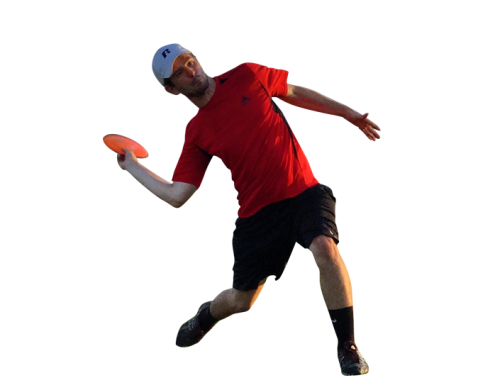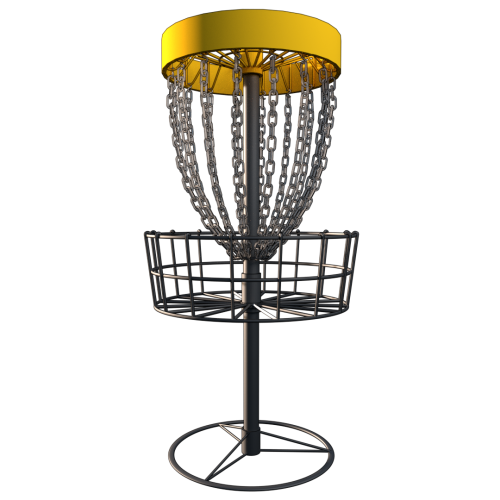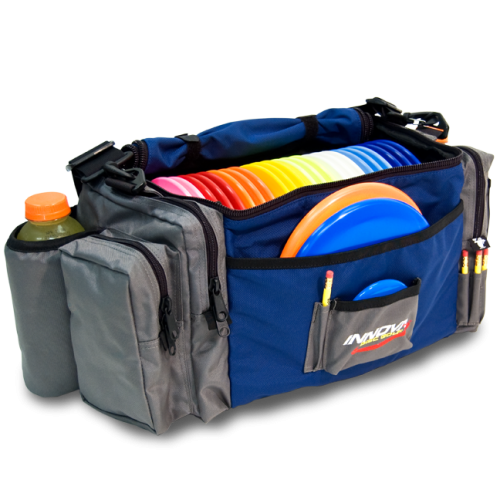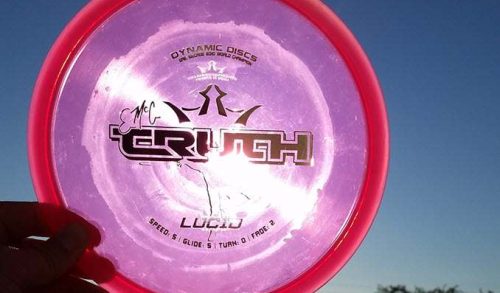If you are interested in playing disc golf, you must understand how to read disc golf numbers. These numbers describe a disc’s flight path and allow you to make more accurate shots. Knowing how to read these numbers is essential for disc golfers who want to be able to identify their missing shots and compare discs. However, a disc’s performance will vary according to some factors.
For a new player, it can be difficult to get a good idea of a disc’s flight pattern. A few different ratings are common amongst discs, including turn, fade, glide, and speed. While each has its meaning, they can be helpful when comparing discs.
A turn rating estimates how much a disc will turn once it is thrown. It can either be negative or positive. The higher the number, the more rightward the disc will turn. As a result, you should look for a higher turn number. You also need to know how a disc’s flight path will change depending on its weight.
Another rating is the fade, which is the degree to which the disc will fade when it reaches the ground. Discs with a lower fade number will be less likely to fade. They will stay in the air longer and require less effort to get back to the ground. On the other hand, a high fade number will indicate that the disc will fade more quickly. This means it will have a more consistent finish and will be easier to throw repeatedly.
Finally, a glide rating tells you how the disc floats after it is thrown. A disc with a low glide will struggle to get back to the ground and will likely only finish to the left. This is ideal for approach shots.
Disk golf manufacturers do not use former NASA scientists to design their discs and do not know all the factors that determine their flight paths. Some companies number based on flights they have tested after a break-in. Others number based on brand-new flights.
While these numbers are important, they should not be your final guide for disc selection. They are just estimates and not a universal standard. Discs can also fly differently for different throwing styles. In addition, the weather can affect disc flight numbers.
Disc golf players who have been playing for a while are likely to have more experience and confidence in the disc they are throwing. Therefore, they are likelier to throw a disc with a higher turn and speed number. These numbers can help you choose a disc with a flight path that suits your current playstyle. Once you grasp disc flight patterns well, selecting the best disc for your needs will be easy.
If you’re unsure about the disc you’re going to purchase, try out a few before you buy. Ideally, it would be best if you tried every disc that you have.




